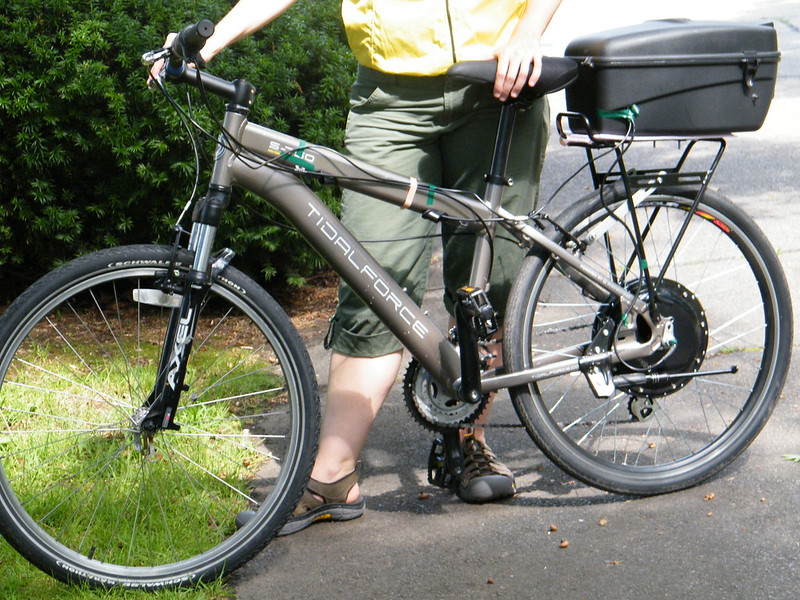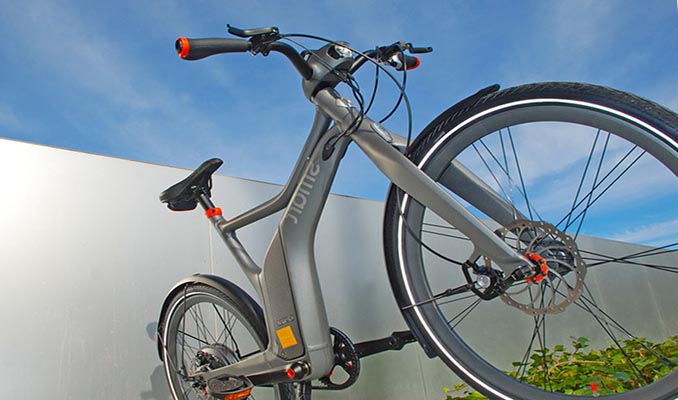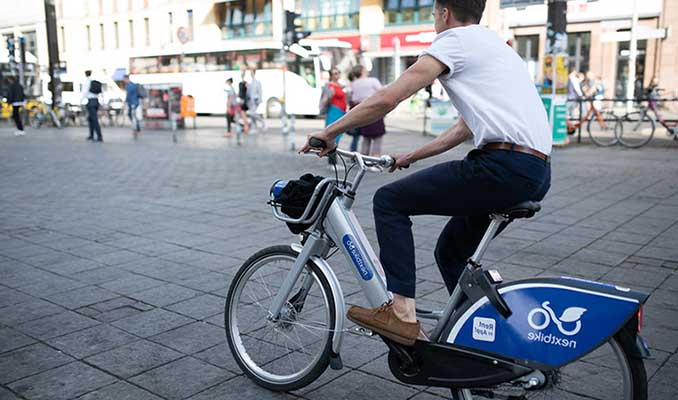Do you want your pedaling efforts to go in vain when riding an electric bike? So, can you charge your electric bike while pedaling?
The answer is more complex than a simple yes or no, but let’s start here: yes, electric bikes can charge while you pedal, depending on your electric system and the type of electric bike you have. This is called regenerative pedaling and is usually offered on premium electric bikes, although many manufacturers are playing the pricing game and gradually reducing the cost of regenerative pedal bikes overall.
Basic electric bikes (you can find excellent ones here) have only the three main components of electric assistance, but some of them are equipped with dynamos that produce a small electric current that slowly recharges the battery while you pedal. It is not sufficient to simply answer this question; let’s delve into how the system works and the effects of pedaling, braking, and the electric assistance system.
Related:
What is electric assistance?
Electric assistance is the term used to separate the functions of an electric bicycle. Your electric assistant consists of three different functionalities on your bike that you are already familiar with.
- Motor: When you give a push to the throttle or the electric assistance, this is what will make your bike move.
- Battery: It stores all your energy, usually located in a small box in the frame under the seat.
- Display: The display system allows you to adjust functions such as different levels of electric assistance.
These three components make up electric assistance. Without them, you would only have a regular bicycle. They interact with the standard parts of your bike, such as the transmission and braking system. However, electric assistance is not just a black-and-white thing; it can be used in tandem with pedaling.
Some bikes have different modes where you can use a small amount of electric assistance to help you overcome obstacles without going full throttle. If you only need a little boost to get the job done, select the appropriate mode on your electric bike to get things going.
Does my electric bike recharge in throttle mode?
The throttle mode is best described when your feet are not needed on the pedals at all because the motor is doing all the work and propelling the bike. Although your electric bike has different modes to assist you, they are different from the throttle. Your bike will not charge in throttle mode because you cannot simply recycle the energy produced in this way.
When you pedal, you create your kinetic energy that can be transferred to the lithium-ion battery. Standard bike batteries generally cannot absorb and emit energy at the same time; you would need a more sophisticated system to do so (such as a car battery).
When does the electric assistance of the e-bike stop?
Most electric bikes use very lightweight motors, batteries, and charging methods. That’s why it takes so long to charge the battery. Since manufacturers try to keep the cost of electric bikes as low as possible, those lightweight components cannot sustain a charge beyond a certain level. You can expect your electric assistance to stop around or after the 20 km/h mark.
This does not mean that you are causing additional stress to the electric system; it is just at full capacity for the amount of energy it can return to your lithium-ion battery.
How does the electric assistance of an e-bike work?
There are many different generations of electric bikes, but most of them use a similar method to recharge the battery and conduct electricity during use. Through the kinetic energy created when you pedal, your transmission will accumulate enough friction and release energy into your lithium-ion battery.
For the most part, lithium-ion batteries are the best solution for capturing the power you generate through kinetic energy. So, pedaling helps, but the main way an electric bike starts accumulating charge is through braking. In the braking system of your electric bike, there is a small sensor that turns off to notify the rest of the electric system.
When you activate the brake, the motor can turn into something best described as a reverse mode. During this, the forward movement of the bicycle transfers friction and heat into the transmission, which is utilized by the reverse mode. In a traditional bicycle, that heat and friction would slightly warm the chain and brake pads, and that would be the end.
Most electric bikes decode the energy and store it in a lithium-ion battery. The braking method will actually provide you with more charge compared to pedaling alone. During pedaling, kinetic energy does not transfer 100% into the electric energy stored in the lithium-ion battery. Much of it is lost during the process, which is why we don’t use kinetic energy as a global source of widespread clean energy.
How much battery can you recharge while pedaling?
It depends on how much energy you put into it, the time it takes, and the age of the battery being used. On average, electric bike batteries last about five years before you should seriously consider replacing them. The closer the battery gets to the five-year limit (provided it has been used enough so that the battery does not lose its charge), the longer it will take to sustain a proper charge.
You can fully recharge the battery, but it will take time. Pedal charging is a great way to reduce the carbon footprint you might incur with traditional electric charging, but it is also a good way to extend your ride. Depending on the settings, speed, and amount of consistent pedaling you do during your daily/commute trip, the battery can be fully charged, but there’s a catch.
Most electric bike batteries can take about six to eight hours to charge with standard charging methods, but you should maintain a speed of about 20 km/h for eight to twelve hours to receive a full battery just by pedaling. Pedal charging is useful when combined with standard electric charging. Let’s say you have a daily commute of one hour (30 minutes each way).
If you are really pushing the pedal to get there, you might receive about 10%-15% of the total battery just during the commute. That’s about a full charge in less than a week and 10%-15% less time spent on the charging cable between uses.
Frequently Asked Questions
Can you pedal a dead electric bike?
Yes, you can pedal a dead electric bike just like a regular bicycle. However, you won’t have the assistance of the electric motor until the battery is recharged.
How many times can you charge an electric bike?
The number of times you can charge an electric bike depends on the battery’s lifespan, which is typically around 500 to 1,000 charge cycles. After that, the battery’s capacity may start to decline.
How do you recharge an electric bicycle?
Electric bicycles can be recharged by connecting them to a power source using the charger provided with the bike. Simply plug the charger into an electrical outlet and connect it to the charging port on the bike. Follow the manufacturer’s instructions for the specific charging process.
How many hours does it take to charge an e-bike?
The charging time for an electric bike varies depending on the battery capacity, charger specifications, and current battery level. Generally, it takes around 4 to 6 hours to fully charge an e-bike’s battery. However, it’s recommended to refer to the manufacturer’s guidelines for precise charging times.
How far will an electric bike go without pedaling?
The range an electric bike can travel without pedaling, known as the “electric-only range,” depends on factors such as battery capacity, motor power, terrain, and riding conditions. On average, most e-bikes can travel between 20 to 50 miles (32 to 80 kilometers) on electric power alone. However, keep in mind that pedaling extends the overall range of the electric bike.










